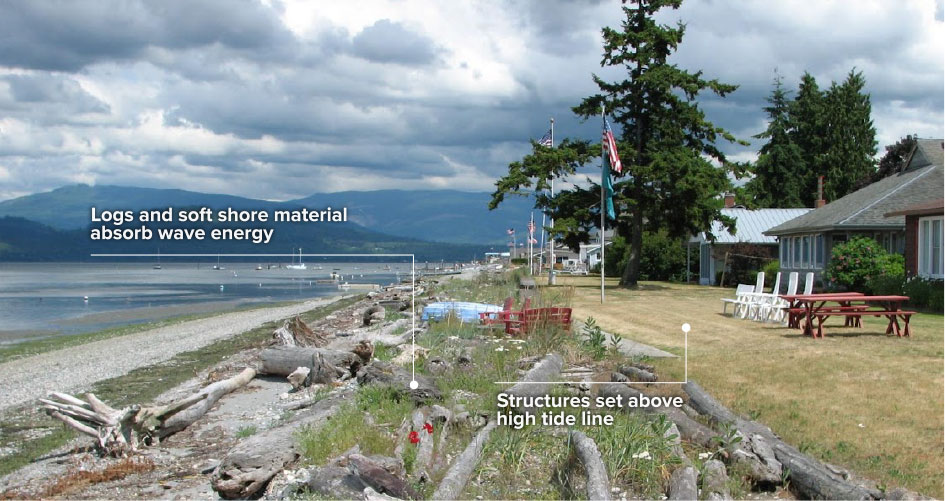The Only Guide for Shore Protect Team
Wiki Article
The Shore Protect Team Ideas
Table of Contents5 Easy Facts About Shore Protect Team ExplainedThe 3-Minute Rule for Shore Protect TeamOur Shore Protect Team IdeasNot known Details About Shore Protect Team The 6-Second Trick For Shore Protect TeamThe Best Strategy To Use For Shore Protect TeamFascination About Shore Protect Team
Decline in building worth: As the area tourism is influenced by erosion, so then is the economic situation. Buyers are less most likely to look for a coastline residence that can be destroyed anytime by the approaching flooding and erosion emergency situation. Subsequently, property value can go down immensely and influence the whole region.Whether a beach is simply little and congested or needs to close completely for the safety of the community and nearby residential properties, this significantly impacts tourism. Consequently, regional economic situations are affected (https://www.ultimate-guitar.com/u/shrprtcttm). Risk of injury: The raised threat of flooding and architectural failings triggers an increased risk of injury to neighboring tourists and area members

is home to greater than 84,240 miles of coastline with 41% of it exposed to the open ocean. Coastal engineers supervise of safeguarding the coast against changes by reducing the detrimental effects of both all-natural and manufactured occurrences. Coastline stablizing is directly associated to their job. Beachfront hotels: Since coastline erosion effects tourism, it affects the success of waterfront hotels.
The Only Guide to Shore Protect Team
This ultimately brings about closures and abandoned beachfront buildings. Coastal commercial businesses: No tourists implies no organization. For those services providing to residents, their building is at risk of damages from erosion and flooding. Coastal state parks: State parks that exist along shorelines are at threat of damage. Not just to the manufactured structures and homes on website, yet also to the natural environments that exist within.Tough stabilization utilizes man-made structures as defense to manage erosion. A lot of types of hard stabilization like seawalls and sheet steel are not perfect for shoreline stabilization.
The Shore Protect Team Diaries
There's likewise not nearly enough evidence of their effectiveness depending on the sort of shoreline and regional problems. Hard stabilization strategies often tend to be harder to install and don't match the natural aesthetic, protruding like an aching thumb and harming local environments in many circumstances. Beach nutrients is the process of adding shed sand and sediment back to coastlines after disintegration has occurred.TrapBags help in the process of beach sustenance by safeguarding all-natural environments and enabling plants to grow. They're: Eco pleasant: You can use native soil both to border and to load the TrapBags.

The Of Shore Protect Team
They can additionally be mounted without any type of hefty equipment. Cost effective: TrapBags are suitable for both little and big areas of coastline.Incorporated with a high building and construction cost, this has actually resulted in boosting usage of various other soft design coastal administration options such as beach replenishment. Seawalls are constructed from numerous products, the majority of typically strengthened concrete, boulders, steel, or gabions. Various other possible construction materials include vinyl, wood, aluminum, fiberglass composite, and eco-friendly sandbags constructed from jute and coir. The proper seawall style relies on location-specific aspects, consisting of surrounding disintegration procedures. There are three main kinds of seawalls: vertical, rounded, tipped, and mounds (see table listed below).
All-natural barriers, such as coral reefs and mangrove woodlands, protect against the spread of tidal waves and the circulation of seaside waters and mitigated the flooding and surge of water. A cost-benefit technique is an effective way to establish whether a seawall is appropriate and whether the advantages deserve the cost.
Our Shore Protect Team Statements
A seawall is a fixed attribute which can conflict with the vibrant nature of the coast and hinder the exchange of sediment in between land and sea. Benefits and downsides of seawalls according to Short (1999) Benefits Disadvantages Long term remedy in contrast to soft coastline sustenance (https://www.scribd.com/user/909807393/Shore-Protect-Team).
This can cause coastlines to dissipate, providing them pointless for beach goers. Generally, seawalls can be a successful way to regulate seaside disintegration, however just if they are built well and out of materials that can withstand the pressure of continuous wave power. Some understanding is needed of the seaside procedures and morphodynamics particular to the seawall area.
Everything about Shore Protect Team
The suitable seawall style relies upon location-specific aspects, consisting of bordering disintegration processes. There are three primary types of seawalls: vertical, bent, tipped, and mounds (see table below). A record published by the United Nations Atmosphere Program (UNEP) suggests that the tsunami of 26 December 2004 caused less damage in the areas where all-natural obstacles existed, such as mangroves, reef or coastal vegetation.All-natural obstacles, such as reef and mangrove forests, prevent the spread of tsunamis and the circulation of coastal waters and reduced the flood and rise of water. A cost-benefit technique is an efficient way to identify whether a seawall is ideal and whether the advantages deserve the expenditure.
The 45-Second Trick For Shore Protect Team
A seawall is a fixed feature which can clash with the vibrant nature of the shore and impede the exchange of debris between land and sea. Benefits and drawbacks of seawalls according to Short (1999) Advantages Downsides Lengthy term option in contrast to soft coastline nourishment.
This can trigger coastlines to dissipate, making them useless for beach goers. Generally, seawalls can be a successful means to manage seaside erosion, however just if they are built well and out of materials that can endure the force of recurring wave power.
Report this wiki page